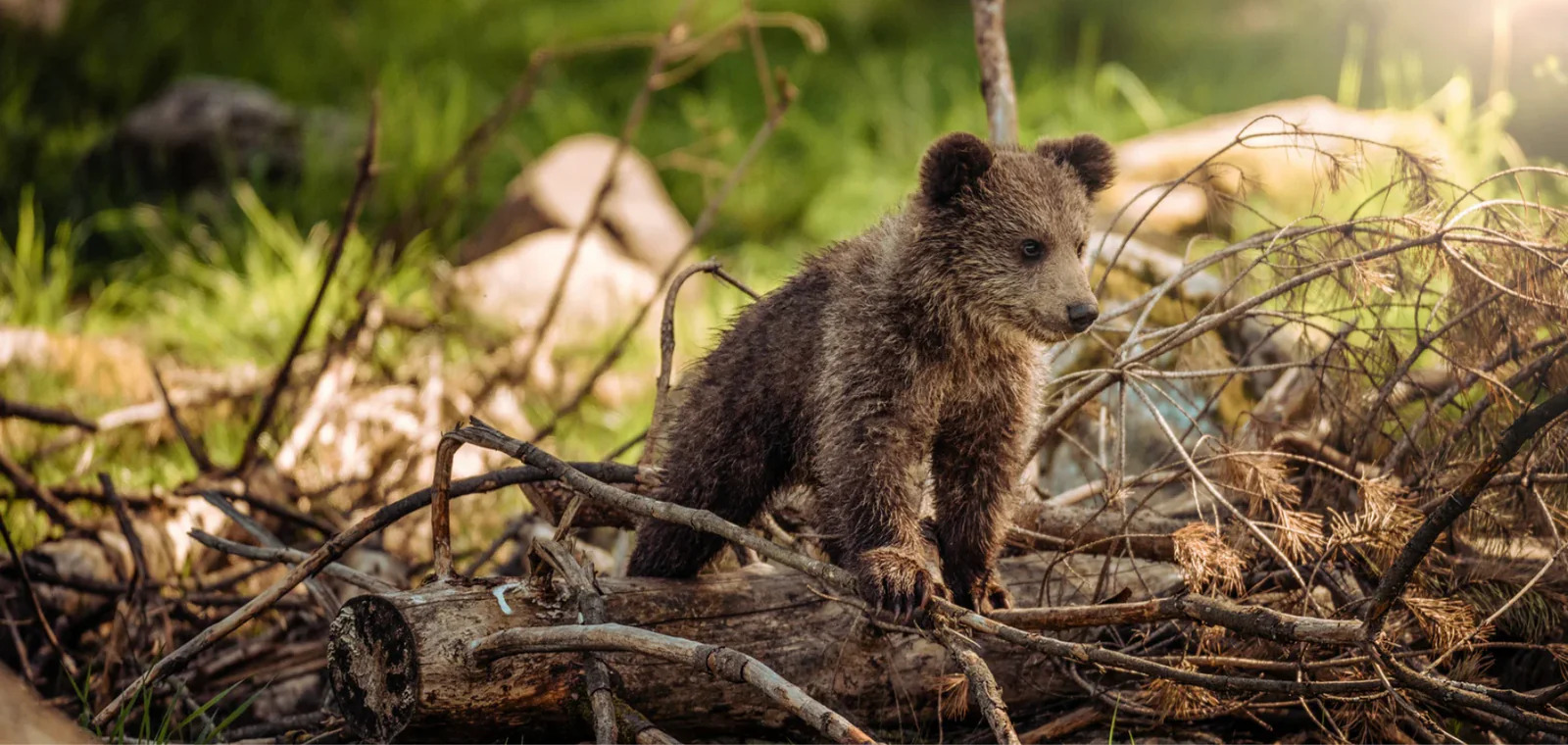7 Ways Wildlife Promotes Healthy Trees and Forests
-

- by Admin
- Feb 25, 2025

Since then, World Wildlife Day has grown to become the most important annual global wildlife event, and we're excited to join the UN in raising awareness and involvement on this critical issue.
Every year, the United Nations focuses on a specific theme for this day. The theme for 2020 is "Sustaining all Life on Earth," emphasizing the importance of all wild animal and plant species in contributing to global biodiversity. Planet Earth is filled with a wide range of life forms that collaborate to produce and nurture life. The benefits may be seen everywhere, from a tiny crack in a New York City sidewalk to the primary forests of Ecuador's Amazon. In recognition of this year's theme, we'd want to acknowledge the contributions of all animal species, large and little, to the health of forests. Because, while there is much (justified) discussion about how trees support all life by providing food, habitat, and other critical ecosystem services, animal species are also the unsung heroes of tree conservation and regeneration.
1. Trees rely on wildlife to spread their seeds.
When it comes to distributing their genetic material, trees can get imaginative. From resilient Mangrove propagules that can survive for up to a year at sea to explosive Sandbox capsules that launch seeds at speeds of up to 160 mph, it's evident that they put a lot of effort into distribution. To that purpose, several species have successfully enticed other life forms to satisfy their reproductive needs. One dramatic example is found in Southeast Asia, where orangutans promote dissemination by consuming full fruits and discharging seeds in their droppings. In one investigation, investigators discovered 828 seeds in a single fecal sample! Furthermore, because droppings provide a pleasant, moist environment for digested seeds, successful germination is significantly more likely. Clearly, they have earned the label "man of the forest."
2. Wildlife helps trees control herbivores.
In recent decades, scientists discovered that huge predators play an important role in safeguarding the ecosystems in which they live. How do they do it? By keeping voracious herbivores under control! Consider the story of the wolves in Yellowstone National Park: in 1920, they disappeared completely due to aggressive hunting, and the entire ecosystem suffered. For 70 years, Elk herds increased their numbers exponentially by consuming the aspens, willows, and cottonwoods that lined streams. Vegetation fell and other wildlife species left. When the wolves were finally reintroduced, they kept the Elks on the move, and as a result, the trees were able to recover. When the trees recovered, their roots stabilized stream banks, slowing the flow of water throughout the ecosystem. Then the other creatures returned. All of this was made possible by returning the wolves to their proper environment.
3. Trees rely on wildlife to control insects.
Because trees can live for millennia, they spend their time in the slow lane. This enables plants to grow steadily and robustly, creating thick bark and complicated root systems while storing vast amounts of carbon. It also makes them vulnerable to ravenous insects that push their way up their trunks, into their bark, and to the tips of branches where leaves extend toward the light. Fortunately, birds frequently step in to help, forming a symbiotic partnership that fills their bellies with much-needed protein while saving trees from being eaten by animals such as leafhoppers, caterpillars, and grasshoppers. Some birds, such as chickadees, can ingest as many as 1,000 bugs per day! How is that for natural pest control?
4. Trees rely on wildlife to pollinate.
We're all aware of how important bees, butterflies, and hummingbirds are to pollination—and thus our entire food supply. It is so important that engineers have developed mechanical bees to protect against the total collapse of bee populations. But did you know that in some woodlands, 4-legged species have taken up this crucial role? In Australia, charming mouse-sized Honey Possums consume nectar from Banksia and Eucalyptus blossoms. Their long noses become covered with pollen as they feed, which is then carried on to the next bloom they visit. Does this give new meaning to the phrase "sticking your nose in other people's business," or not?
5. Wildlife helps to thin the tree population.
While it may appear counterintuitive, eating trees is sometimes the most beneficial thing an animal can do for a forest. Forest Elephants in Central Africa consume thinner, faster-growing trees, allowing their slower, denser cousins to develop and thrive. As a result, these slower, denser trees store vast amounts of carbon and provide other ecosystem services while competing less for resources with other plants. We don't know about you, but eating an entire tree, even if it's "small," seems like a daunting task. Fortunately, African Elephants are up to the task!
6. Some wildlife species even germinate seeds while digesting.
In Japan, bears support cherry trees by eating their fruit, germinating the pits in their digestive systems, and then depositing them in mounds of fresh fertilizer. How does this work? Their stomach acids and digestive enzymes break down the cherry's hard seed coverings without hurting the seeds, making them more accessible to water and hence easier to germinate. Talk about giving back!
7. Trees rely on wildlife to repair carbon and absorb nutrients.
Trees worldwide rely on mutualistic connections with mycorrhizal fungus. In exchange for safety within specific mycorrhizal roots, the fungi acquire limited nutrients such as phosphate and nitrogen and pass them to their host plant. This, in turn, allows the trees to extract carbon from the atmosphere and convert it into sugars (energy) and oxygen. Laccaria bicolor, a well-studied species, is found in North America's birch, fir, and pine forests. Without fungus, 85% of terrestrial ecosystems would be severely harmed!
0 Comments:
Leave a Reply